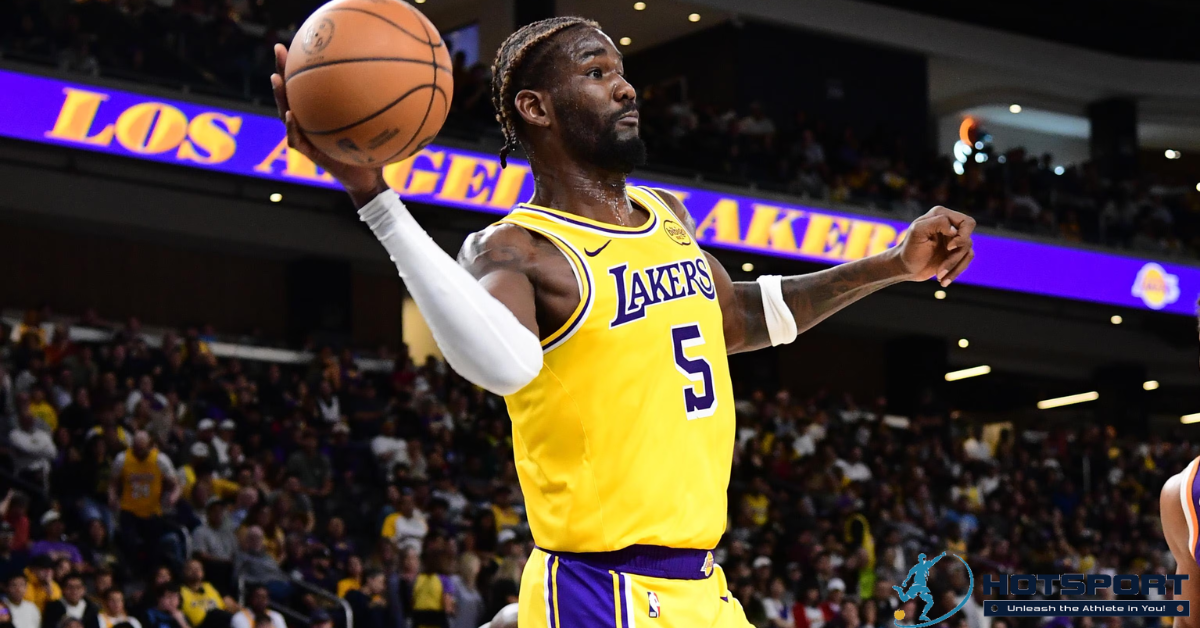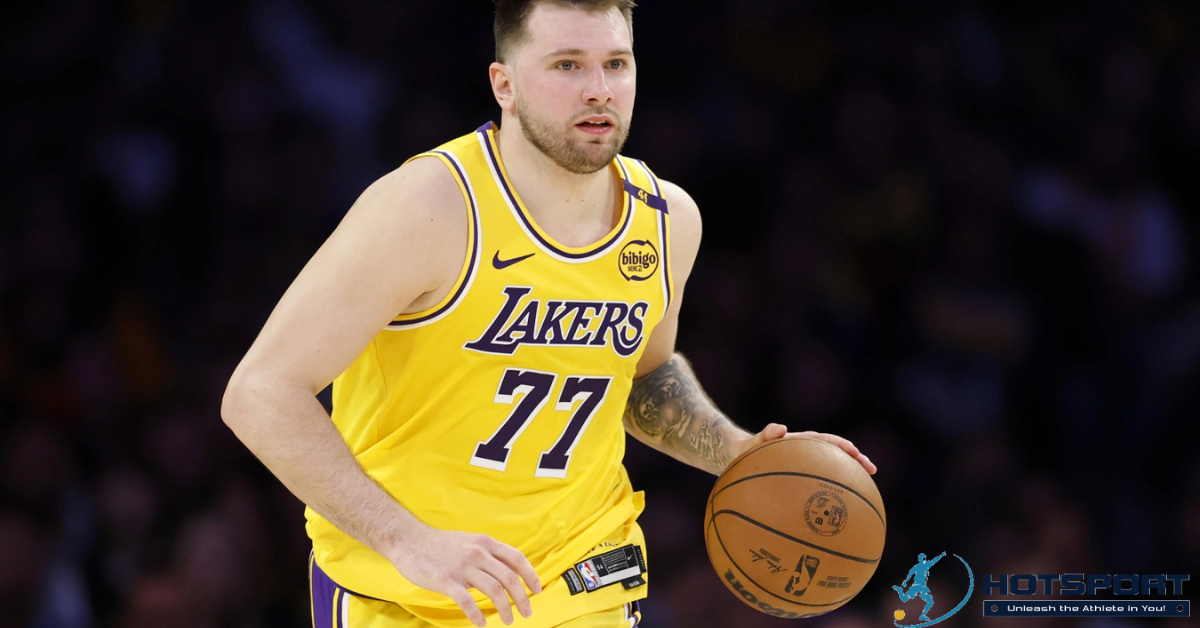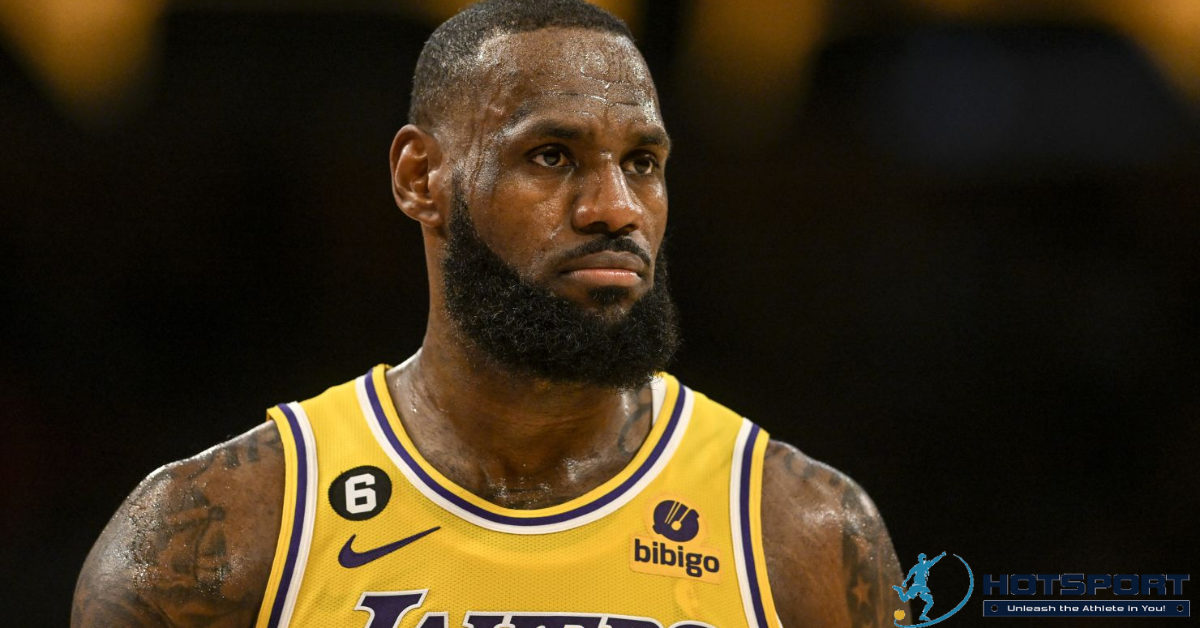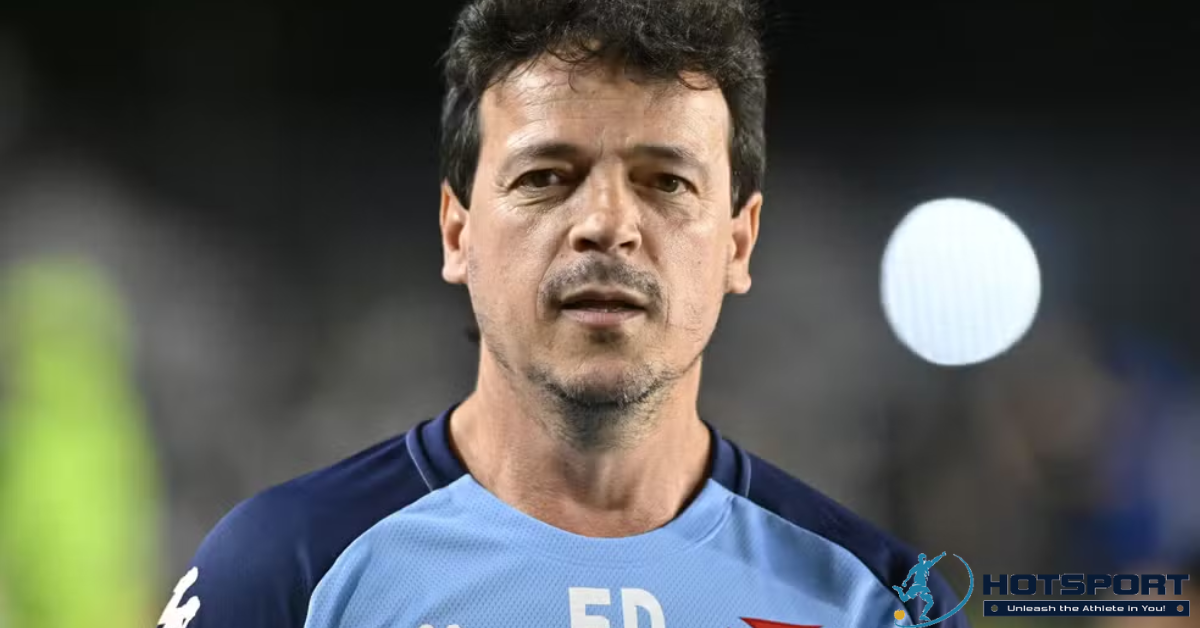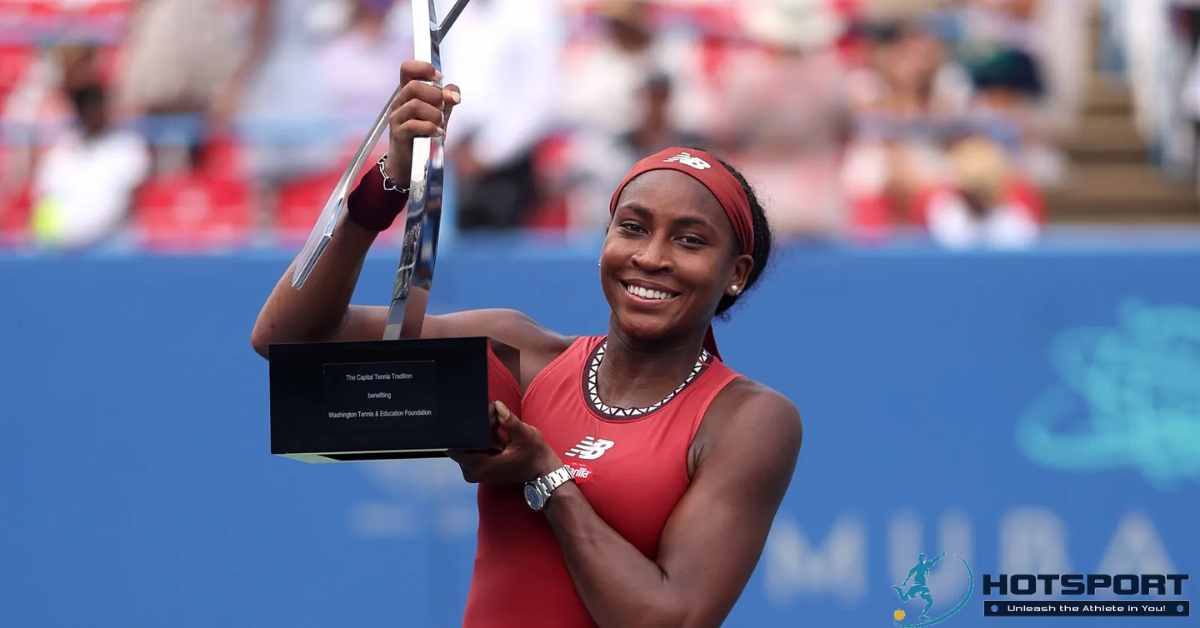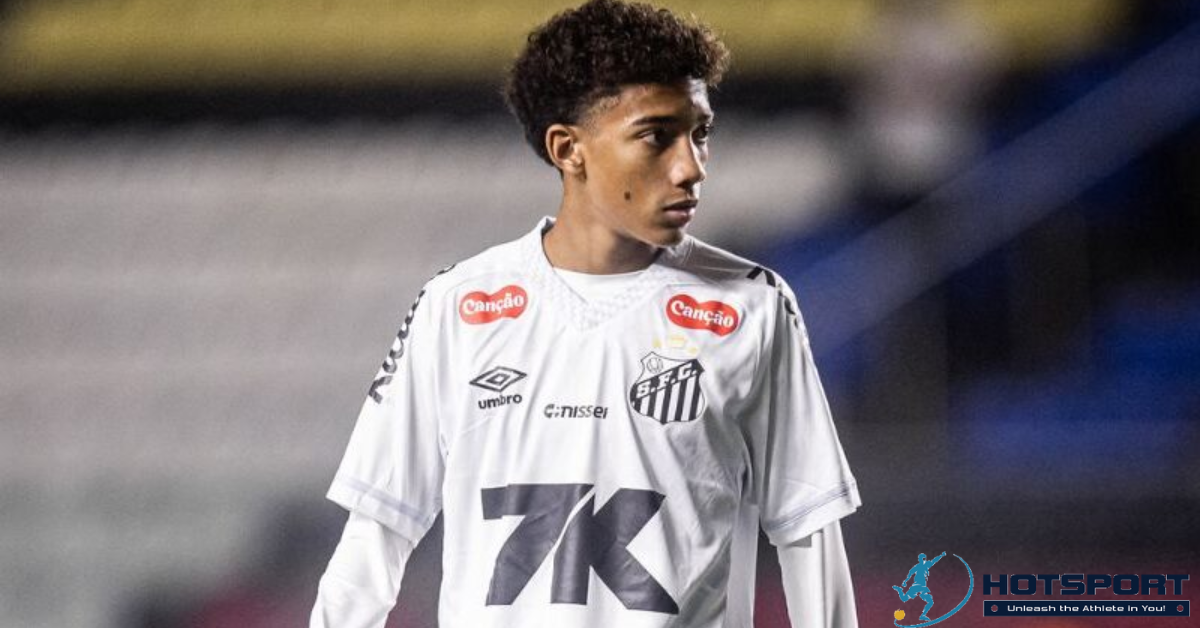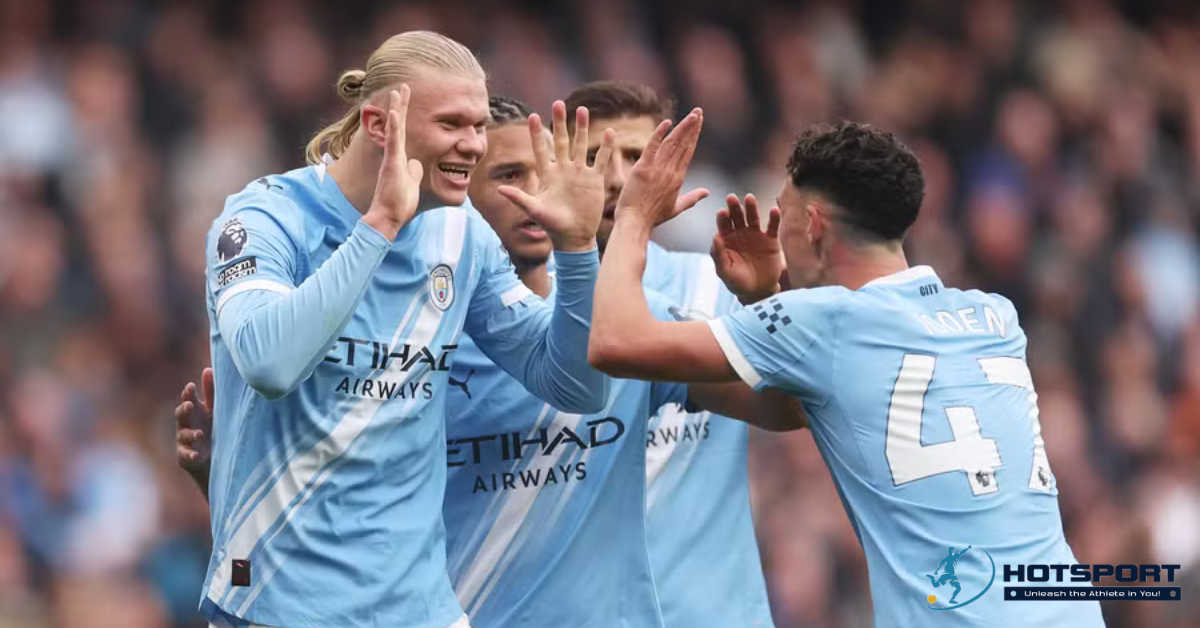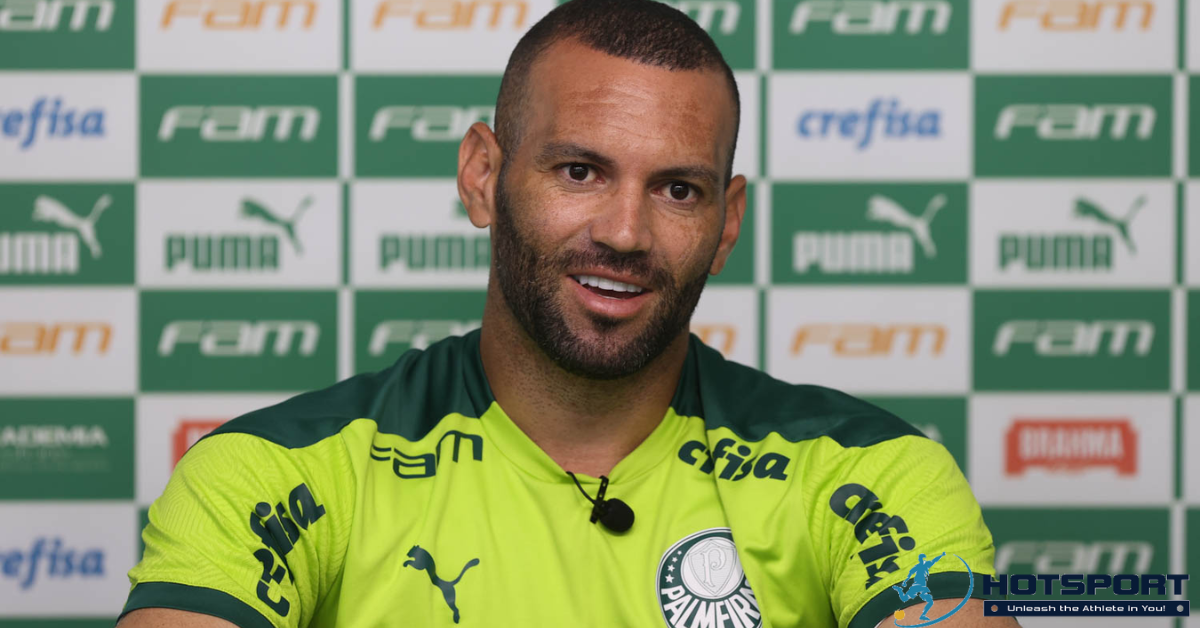Deandre Ayton: The Bahamian Basketball Star
Introduction
Deandre Ayton is a name that resonates in the world of professional basketball, particularly in the NBA, where he has established himself as a dominant and versatile center. Born in the Bahamas, Ayton brings a unique combination of height, agility, and technical skill to the court, making him a first-overall draft pick. His journey, marked by highs and lows, reflects the determination of an athlete who has overcome personal and professional challenges to become a prominent figure in the sport. This article explores his life, career, and contributions, focusing on the latest updates through October 2025, including his transition to the Los Angeles Lakers and the start of the 2025-26 season.
Ayton is not just a player; he represents Bahamian pride in international basketball. Standing at 7 feet tall and weighing approximately 250 pounds, he dominates the paint on both defense and offense. His story is inspiring, especially for young athletes from Caribbean islands, showing that talent can transcend geographic boundaries.
Early Life and Youth
Deandre Edoneille Ayton was born on July 23, 1998, in Nassau, the capital of the Bahamas. He grew up in a humble family with rich cultural influences from the island, where basketball was not the dominant sport—cricket and track and field reigned. However, Ayton discovered his passion for basketball at a young age, inspired by idols like Shaquille O’Neal and Hakeem Olajuwon, whose highlight videos he watched repeatedly.
His childhood was marked by challenges. At age 12, Ayton moved to the United States to pursue better opportunities in the sport. He settled in San Diego, California, where he attended Balboa City School. There, he began to draw attention for his early height and impressive coordination. In interviews, Ayton often mentions how moving to the U.S. was a cultural shock but essential for his development.
Discovery of Talent
At Balboa City School, Ayton quickly stood out in local tournaments. He later transferred to Hillcrest Prep Academy in Arizona, where he refined his skills. His coaches noted his rebounding and shot-blocking abilities, as well as his smooth shooting for a center. During high school, he participated in elite basketball camps, such as the NBPA Top 100 Camp, where he competed against the nation’s top prospects.
Ayton also represented the Bahamas in international youth competitions, helping the team gain visibility. His performance at the 2013 FIBA Americas U16 Championship was notable, with double-double averages that put him on the radar of college scouts.
Family Influences
Ayton’s family played a crucial role. His mother, Andrea, and father, Alvin, encouraged him to balance academics and sports. Ayton credits his work ethic to the disciplined upbringing he received in the Bahamas, where values like resilience and community are emphasized. He also acknowledges the support of his siblings, who motivated him during training sessions.
College Career
In 2017, Ayton chose the University of Arizona, turning down offers from Kentucky and Kansas. Under coach Sean Miller, he had an impactful freshman season in the NCAA. Ayton led the Wildcats in points and rebounds, averaging 20.1 points and 11.6 rebounds per game.
Highlights at Arizona
His season featured memorable performances, such as a 28-point, 18-rebound game against Oregon. Ayton was named Pac-12 Player of the Year and earned First Team All-American honors. However, controversies arose: allegations of improper payments rocked the program, though Ayton was cleared.
In the 2018 NCAA Tournament, the Wildcats advanced but were eliminated early. Despite this, Ayton’s performance solidified his status as the top draft prospect.
Preparation for the NBA
Ayton trained rigorously for the draft, focusing on physical conditioning and mid-range shooting. His workouts with NBA teams impressed scouts, showcasing his versatility.
Entry into the NBA and Phoenix Suns
In June 2018, Ayton was selected as the first overall pick by the Phoenix Suns, becoming the first Bahamian to achieve this feat. His NBA debut was promising: he recorded 18 points and 10 rebounds against the Dallas Mavericks.
Early Seasons
In the 2018-19 season, Ayton earned NBA All-Rookie First Team honors, averaging 16.3 points and 10.3 rebounds. He formed a dynamic duo with Devin Booker, helping the Suns improve gradually.
However, a 25-game suspension for violating the NBA’s anti-drug policy marked his second season. Ayton returned stronger, contributing to the Suns’ 2021 NBA Finals run, where they lost to the Milwaukee Bucks. In that postseason, he had iconic moments, such as the “Valley-Oop” against the Clippers.
Establishment as a Star
In subsequent seasons, Ayton evolved, signing a max contract extension in 2022. His averages rose to around 18 points and 10 rebounds. He was a defensive anchor, with blocks and rebounds that stabilized the team.
Time with the Portland Trail Blazers
In September 2023, Ayton was traded to the Portland Trail Blazers in a deal involving Damian Lillard. In Portland, he took on the role of starting center, bringing stability to a rebuilding team.
Adaptation and Performance
In the 2023-24 season, Ayton averaged 16.7 points and 11.1 rebounds, showing consistency. He helped develop young players like Scoot Henderson. Despite minor injuries, he played most games.
In the 2024-25 season, Ayton remained a central figure, but rumors of dissatisfaction surfaced. His performance was solid, with frequent double-doubles, though the team struggled for wins.
Arrival at the Los Angeles Lakers and Recent Updates
In a surprising move in early 2025, Ayton secured a contract buyout from Portland and signed with the Los Angeles Lakers as a free agent. This transition marked a new chapter, pairing him with stars like LeBron James and Luka Dončić, who also recently joined the Lakers.
Start of the 2025-26 Season
As of October 2025, Ayton debuted for the Lakers in the season opener against the Golden State Warriors on October 22. In the 119-109 loss, Ayton contributed 10 points, 6 rebounds, and 1 block in 34 minutes. Though his stats were modest, his defensive presence was noted, with coaches praising his rim protection.
Recent comments from Steve Nash, a former coach, emphasized the importance of this season for Ayton to reclaim his reputation. Nash suggested Ayton adopt a more aggressive mindset, similar to Anthony Davis, to maximize his potential.
Early Impact with the Lakers
In preseason games, Ayton showed flashes of brilliance, such as a 10-point, 13-rebound double-double against the Suns. Analysts note that his partnership with Dončić could create lethal pick-and-roll plays. However, criticism has arisen about his effort in some games, with fans and media questioning his consistency.
Ayton expressed excitement in interviews: “Playing alongside LeBron and Luka is a unique opportunity. I want to prove I’m one of the league’s best centers.” His integration into the team is seen as key to the Lakers’ championship aspirations.
Playing Style and Skills
Ayton is known for his versatility. On offense, he excels in post-ups, mid-range shooting, and finishing near the rim. His field goal percentage is often above 55%.
Defense and Rebounding
Defensively, Ayton is an elite shot-blocker, using his wingspan to alter shots. He is proficient in both offensive and defensive rebounds, helping control the game’s tempo.
Technical Evolution
Throughout his career, Ayton has improved his three-point shooting, though it remains a secondary weapon. His mobility allows him to switch on pick-and-rolls, making him adaptable to modern styles.
Personal Life and Cultural Impact
Off the court, Ayton is involved in social causes. He founded the Deandre Ayton Foundation in the Bahamas, focusing on education and sports for youth. Ayton also promotes Bahamian culture, participating in events like Junkanoo.
Family and Hobbies
Married and a father, Ayton values family privacy. His hobbies include reggae music and fishing, reminiscent of his island childhood.
Bahamian Representation
Ayton inspires Bahamian athletes like Buddy Hield. He has represented the Bahamas in FIBA World Cup qualifiers, helping elevate basketball in the country.
Statistics and Achievements
Over seven NBA seasons (through 2025), Ayton averages 16.4 points, 10.5 rebounds, and 1.6 assists per game. He has recorded over 100 double-doubles and was named to the All-Rookie First Team in 2019.
Awards
- NBA All-Rookie First Team (2019)
- Pac-12 Player of the Year (2018)
- NBA Finals appearance (2021 with Suns)
His recent stats with the Lakers suggest potential for averages above 14 points and 10 rebounds in the 2025-26 season.
Conclusion
Deandre Ayton continues to evolve as a player and person. His journey from the Bahamas to the NBA spotlight is a testament to perseverance. With his new chapter at the Lakers, 2025 promises to be pivotal, with opportunities for greater achievements. Ayton is not just a center; he is a global basketball ambassador, inspiring future generations.Introduction
Deandre Ayton is a name that resonates in the world of professional basketball, particularly in the NBA, where he has established himself as a dominant and versatile center. Born in the Bahamas, Ayton brings a unique combination of height, agility, and technical skill to the court, making him a first-overall draft pick. His journey, marked by highs and lows, reflects the determination of an athlete who has overcome personal and professional challenges to become a prominent figure in the sport. This article explores his life, career, and contributions, focusing on the latest updates through October 2025, including his transition to the Los Angeles Lakers and the start of the 2025-26 season.
Ayton is not just a player; he represents Bahamian pride in international basketball. Standing at 7 feet tall and weighing approximately 250 pounds, he dominates the paint on both defense and offense. His story is inspiring, especially for young athletes from Caribbean islands, showing that talent can transcend geographic boundaries.
Early Life and Youth
Deandre Edoneille Ayton was born on July 23, 1998, in Nassau, the capital of the Bahamas. He grew up in a humble family with rich cultural influences from the island, where basketball was not the dominant sport—cricket and track and field reigned. However, Ayton discovered his passion for basketball at a young age, inspired by idols like Shaquille O’Neal and Hakeem Olajuwon, whose highlight videos he watched repeatedly.
His childhood was marked by challenges. At age 12, Ayton moved to the United States to pursue better opportunities in the sport. He settled in San Diego, California, where he attended Balboa City School. There, he began to draw attention for his early height and impressive coordination. In interviews, Ayton often mentions how moving to the U.S. was a cultural shock but essential for his development.
Discovery of Talent
At Balboa City School, Ayton quickly stood out in local tournaments. He later transferred to Hillcrest Prep Academy in Arizona, where he refined his skills. His coaches noted his rebounding and shot-blocking abilities, as well as his smooth shooting for a center. During high school, he participated in elite basketball camps, such as the NBPA Top 100 Camp, where he competed against the nation’s top prospects.
Ayton also represented the Bahamas in international youth competitions, helping the team gain visibility. His performance at the 2013 FIBA Americas U16 Championship was notable, with double-double averages that put him on the radar of college scouts.
Family Influences
Ayton’s family played a crucial role. His mother, Andrea, and father, Alvin, encouraged him to balance academics and sports. Ayton credits his work ethic to the disciplined upbringing he received in the Bahamas, where values like resilience and community are emphasized. He also acknowledges the support of his siblings, who motivated him during training sessions.
College Career
In 2017, Ayton chose the University of Arizona, turning down offers from Kentucky and Kansas. Under coach Sean Miller, he had an impactful freshman season in the NCAA. Ayton led the Wildcats in points and rebounds, averaging 20.1 points and 11.6 rebounds per game.
Highlights at Arizona
His season featured memorable performances, such as a 28-point, 18-rebound game against Oregon. Ayton was named Pac-12 Player of the Year and earned First Team All-American honors. However, controversies arose: allegations of improper payments rocked the program, though Ayton was cleared.
In the 2018 NCAA Tournament, the Wildcats advanced but were eliminated early. Despite this, Ayton’s performance solidified his status as the top draft prospect.
Preparation for the NBA
Ayton trained rigorously for the draft, focusing on physical conditioning and mid-range shooting. His workouts with NBA teams impressed scouts, showcasing his versatility.
Entry into the NBA and Phoenix Suns
In June 2018, Ayton was selected as the first overall pick by the Phoenix Suns, becoming the first Bahamian to achieve this feat. His NBA debut was promising: he recorded 18 points and 10 rebounds against the Dallas Mavericks.
Early Seasons
In the 2018-19 season, Ayton earned NBA All-Rookie First Team honors, averaging 16.3 points and 10.3 rebounds. He formed a dynamic duo with Devin Booker, helping the Suns improve gradually.
However, a 25-game suspension for violating the NBA’s anti-drug policy marked his second season. Ayton returned stronger, contributing to the Suns’ 2021 NBA Finals run, where they lost to the Milwaukee Bucks. In that postseason, he had iconic moments, such as the “Valley-Oop” against the Clippers.
Establishment as a Star
In subsequent seasons, Ayton evolved, signing a max contract extension in 2022. His averages rose to around 18 points and 10 rebounds. He was a defensive anchor, with blocks and rebounds that stabilized the team.
Time with the Portland Trail Blazers
In September 2023, Ayton was traded to the Portland Trail Blazers in a deal involving Damian Lillard. In Portland, he took on the role of starting center, bringing stability to a rebuilding team.
Adaptation and Performance
In the 2023-24 season, Ayton averaged 16.7 points and 11.1 rebounds, showing consistency. He helped develop young players like Scoot Henderson. Despite minor injuries, he played most games.
In the 2024-25 season, Ayton remained a central figure, but rumors of dissatisfaction surfaced. His performance was solid, with frequent double-doubles, though the team struggled for wins.
Arrival at the Los Angeles Lakers and Recent Updates
In a surprising move in early 2025, Ayton secured a contract buyout from Portland and signed with the Los Angeles Lakers as a free agent. This transition marked a new chapter, pairing him with stars like LeBron James and Luka Dončić, who also recently joined the Lakers.
Start of the 2025-26 Season
As of October 2025, Ayton debuted for the Lakers in the season opener against the Golden State Warriors on October 22. In the 119-109 loss, Ayton contributed 10 points, 6 rebounds, and 1 block in 34 minutes. Though his stats were modest, his defensive presence was noted, with coaches praising his rim protection.
Recent comments from Steve Nash, a former coach, emphasized the importance of this season for Ayton to reclaim his reputation. Nash suggested Ayton adopt a more aggressive mindset, similar to Anthony Davis, to maximize his potential.
Early Impact with the Lakers
In preseason games, Ayton showed flashes of brilliance, such as a 10-point, 13-rebound double-double against the Suns. Analysts note that his partnership with Dončić could create lethal pick-and-roll plays. However, criticism has arisen about his effort in some games, with fans and media questioning his consistency.
Ayton expressed excitement in interviews: “Playing alongside LeBron and Luka is a unique opportunity. I want to prove I’m one of the league’s best centers.” His integration into the team is seen as key to the Lakers’ championship aspirations.
Playing Style and Skills
Ayton is known for his versatility. On offense, he excels in post-ups, mid-range shooting, and finishing near the rim. His field goal percentage is often above 55%.
Defense and Rebounding
Defensively, Ayton is an elite shot-blocker, using his wingspan to alter shots. He is proficient in both offensive and defensive rebounds, helping control the game’s tempo.
Technical Evolution
Throughout his career, Ayton has improved his three-point shooting, though it remains a secondary weapon. His mobility allows him to switch on pick-and-rolls, making him adaptable to modern styles.
Personal Life and Cultural Impact
Off the court, Ayton is involved in social causes. He founded the Deandre Ayton Foundation in the Bahamas, focusing on education and sports for youth. Ayton also promotes Bahamian culture, participating in events like Junkanoo.
Family and Hobbies
Married and a father, Ayton values family privacy. His hobbies include reggae music and fishing, reminiscent of his island childhood.
Bahamian Representation
Ayton inspires Bahamian athletes like Buddy Hield. He has represented the Bahamas in FIBA World Cup qualifiers, helping elevate basketball in the country.
Statistics and Achievements
Over seven NBA seasons (through 2025), Ayton averages 16.4 points, 10.5 rebounds, and 1.6 assists per game. He has recorded over 100 double-doubles and was named to the All-Rookie First Team in 2019.
Awards
- NBA All-Rookie First Team (2019)
- Pac-12 Player of the Year (2018)
- NBA Finals appearance (2021 with Suns)
His recent stats with the Lakers suggest potential for averages above 14 points and 10 rebounds in the 2025-26 season.
Conclusion
Deandre Ayton continues to evolve as a player and person. His journey from the Bahamas to the NBA spotlight is a testament to perseverance. With his new chapter at the Lakers, 2025 promises to be pivotal, with opportunities for greater achievements. Ayton is not just a center; he is a global basketball ambassador, inspiring future generations.







